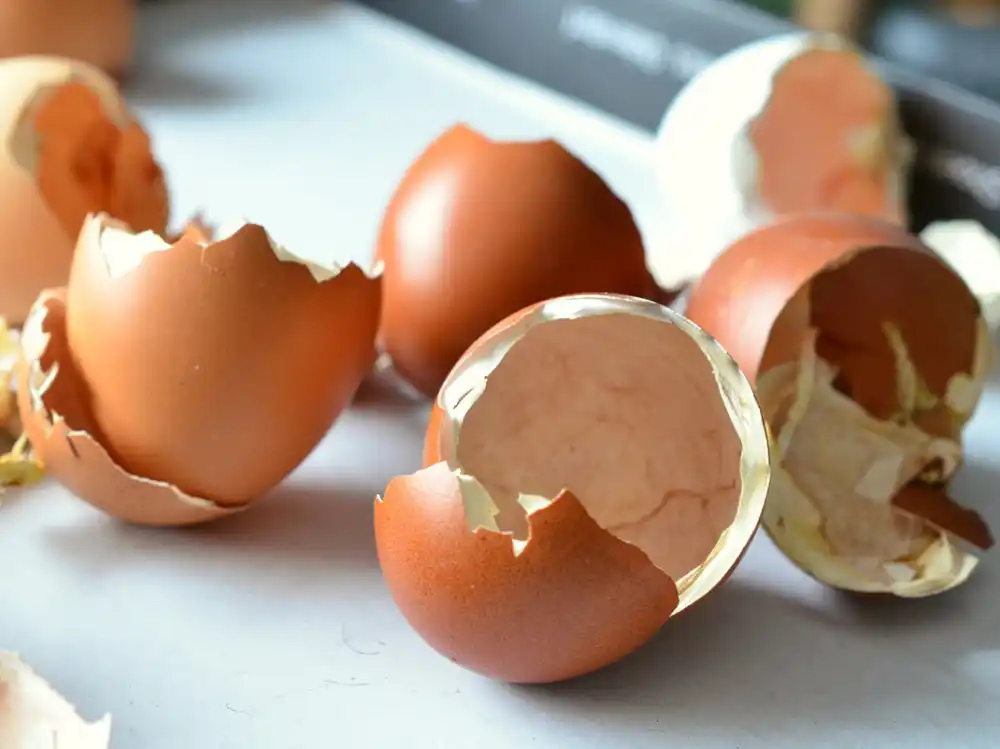Pepper plants are a popular choice for home gardeners, thanks to their vibrant colors, delicious flavors, and versatility in the kitchen. If you’re growing peppers in your garden, you may be wondering if there are any natural ways to boost their growth and health.
One such method that has gained attention is using eggshells as a fertilizer for pepper plants. In this article, we’ll explore whether eggshells are indeed good for pepper plants and how to use them effectively.
The Benefits of Using Eggshells
Eggshells are not only a common kitchen waste but also a valuable source of nutrients for plants. They are primarily composed of calcium carbonate, which is a vital nutrient for plant growth. Calcium plays a crucial role in strengthening cell walls, promoting root development, and preventing diseases in plants.
When you add crushed eggshells to the soil, they slowly release calcium into the surrounding area, providing a natural and long-lasting source of this essential nutrient. Additionally, eggshells can help improve soil structure, increase water retention, and deter pests like slugs and snails, thanks to their sharp edges.
Preparing Eggshells for Pepper Plants
Before using eggshells in your garden, it’s important to prepare them properly to ensure they are beneficial to your pepper plants. Follow these steps:
- Collect and rinse the eggshells: Save your eggshells after cooking and rinse them thoroughly to remove any residue.
- Dry the eggshells: Place the rinsed eggshells on a baking sheet and let them air dry for a few days. Alternatively, you can dry them in the oven at a low temperature.
- Crush the eggshells: Once the eggshells are completely dry, crush them into small pieces. You can use a mortar and pestle, a blender, or simply crush them with your hands.
Using Eggshells as Fertilizer
Now that you have your crushed eggshells ready, it’s time to incorporate them into the soil around your pepper plants. Here’s how:
- Choose the right time: It’s best to add eggshells to the soil before planting your pepper plants or during the early stages of growth.
- Prepare the soil: Dig a small hole or trench around the base of each pepper plant.
- Add the crushed eggshells: Sprinkle a generous amount of crushed eggshells into the hole or trench.
- Cover and water: Gently cover the eggshells with soil and water the plants thoroughly.
As the eggshells break down over time, they will release calcium into the soil, providing a slow and steady supply of nutrients to your pepper plants. You can repeat this process every few weeks throughout the growing season to ensure a consistent supply of calcium.
Other Considerations
While eggshells can be beneficial for pepper plants, it’s important to note that they are not a complete fertilizer. They primarily provide calcium and some trace minerals but lack other essential nutrients like nitrogen, phosphorus, and potassium. Therefore, it’s recommended to supplement the soil with a balanced organic fertilizer to meet all the nutritional needs of your pepper plants.
Additionally, it’s crucial to maintain proper soil pH for optimal nutrient absorption. Pepper plants prefer slightly acidic soil with a pH level between 6.0 and 6.8. If your soil is too alkaline, the calcium in the eggshells may not be readily available to the plants. In such cases, consider adjusting the pH using organic soil amendments such as dolomite lime (lowers pH) or wood ash (raises pH).
In Conclusion
Eggshells can be a beneficial addition to your pepper plants’ growth and health. They provide a natural source of calcium, improve soil structure, and help deter pests. By following the proper preparation and application methods, you can make the most of this readily available kitchen waste. Remember to supplement with a balanced organic fertilizer and maintain the appropriate soil pH to ensure optimal growth and abundant harvests from your pepper plants.





